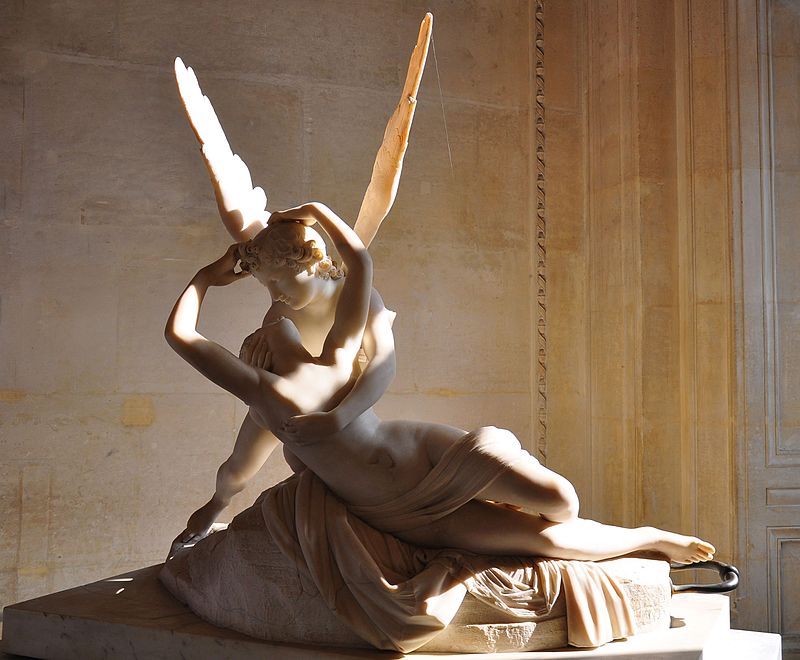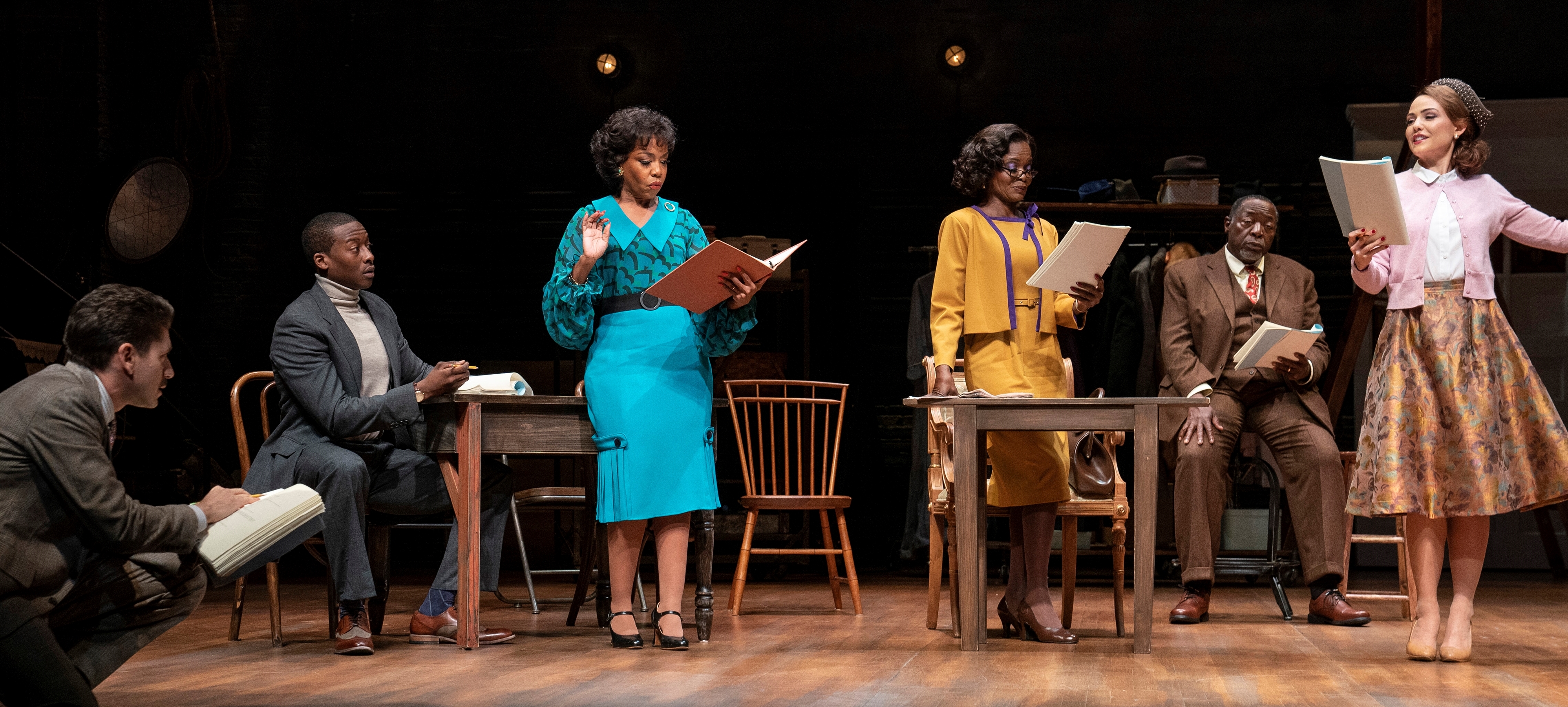- Teacher: Moheb Zidan
Search results: 80
- Teacher: Angela Mak
- Teacher: An Li
- Teacher: Leanne Trapedo Sims
We will explore restorative justice via a literary lens, primarily engaging with creative writing from Palestine. Some of the fundamental questions we will negotiate are: how can expressivity serve as resistance in times of war and genocide? How can expressivity perform as a witness to destruction and joy, as well as an arm towards healing? How can expressivity work as resilience?
This course will be taught within the Inside-Out pedagogical model.
- Teacher: Leanne Trapedo Sims
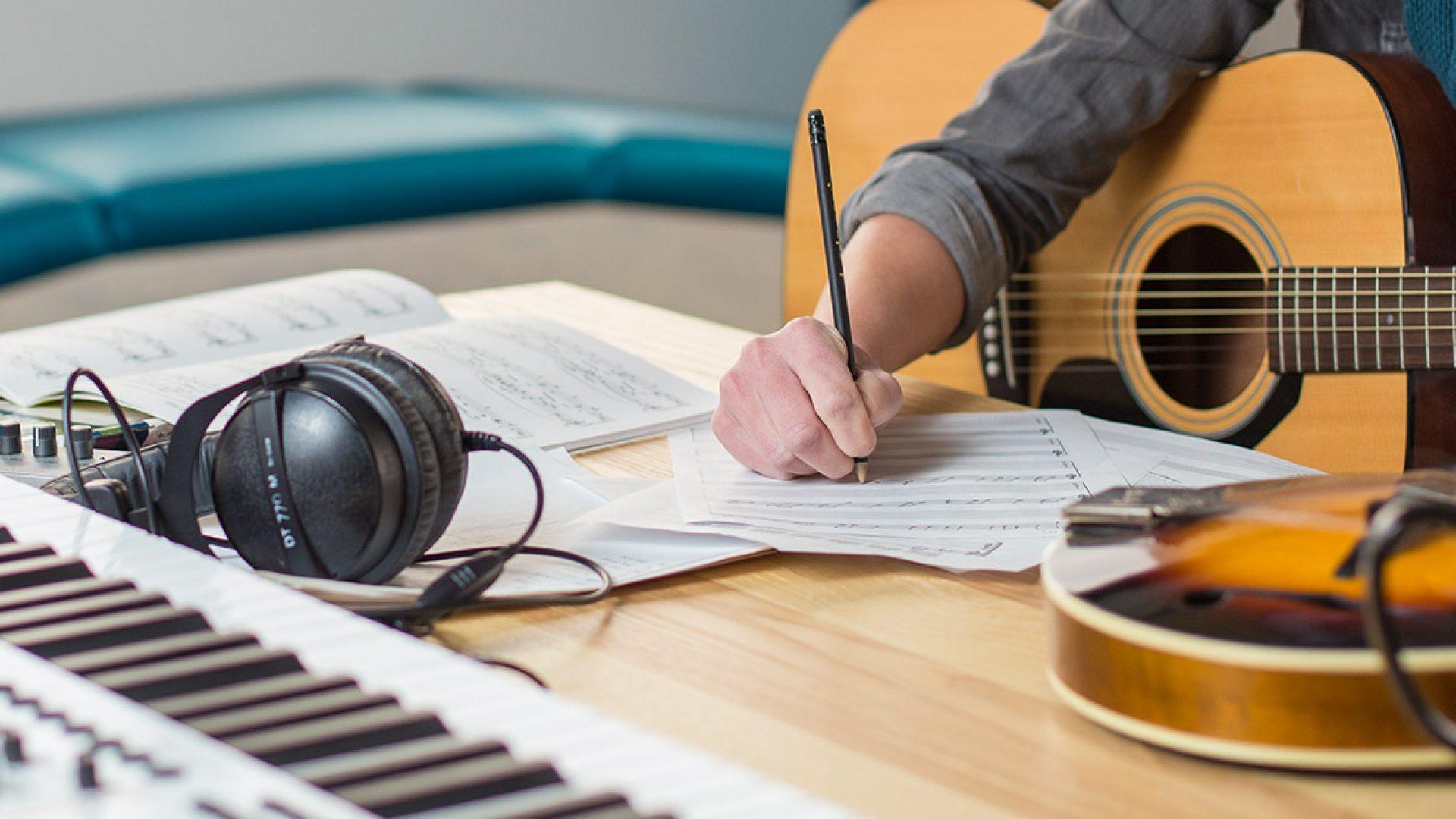
- Teacher: Eric Lemmon
- Teacher: Lexie Vernon
- Teacher: Lexie Vernon
- Teacher: Steve Cohn
In this introductory course, we will explore the range of literary expressiveness including fairy tale, poetry, the conventional novel, the visual or graphic novel and the short story, as well as the classification of literature into specific genres; overall, of course, our main interest will be in exploring the source material for making textual and visual literary art with a focus on narrative “DNA”, i.e., the primary materials and impulses that generate story telling. Additionally, we’ll look at the arrangement of elements such as plot, narration, character, setting, language, voice, tone, theme, etc., comprising literary forms. Finally, we’ll consider a variety critical strategies for reading and thinking about the literary arts, as well as the power and significance of our own interpretive role.

In this introductory course, we will explore the range of literary expressiveness including fairy tale, poetry, the conventional novel, the visual or graphic novel and the short story, as well as the classification of literature into specific genres; overall, of course, our main interest will be in exploring the source material for making textual and visual literary art with a focus on narrative “DNA”, i.e., the primary materials and impulses that generate story telling. Additionally, we’ll look at the arrangement of elements such as plot, narration, character, setting, language, voice, tone, theme, etc., comprising literary forms. Finally, we’ll consider a variety of critical strategies for reading and thinking about the literary arts, as well as the power and significance of our own interpretive role.

- Teacher: Barbara Tannert-Smith
In this introductory course, we will explore the range of literary expressiveness including fairy tale, poetry, the conventional novel, the visual or graphic novel and the short story, as well as the classification of literature into specific genres; overall, of course, our main interest will be in exploring the source material for making textual and visual literary art with a focus on narrative “DNA”, i.e., the primary materials and impulses that generate story telling. Additionally, we’ll look at the arrangement of elements such as plot, narration, character, setting, language, voice, tone, theme, etc., comprising literary forms. Finally, we’ll consider a variety of critical strategies for reading and thinking about the literary arts, as well as the power and significance of our own interpretive role.

- Teacher: Barbara Tannert-Smith
The general course description can be found in the syllabus, located here on moodle or in print from me.
This online supplement to the course is designed to give students the ability to submit work in one place, see after-hours (i.e. not during class) announcements regarding course work or scheduling, and engage in online discussion of course topics or material.
- Teacher: Stuart Allison
This team-taught course draws on the expertise of a variety of transnational activists, as well as Knox and outside faculty; and is overseen by one coordinating-integrating professor. Topics covered include a variety of methodological approaches to activism: from environmental justice activism to prison abolition to the role of the arts and humanities as agents for change. We explore the power and limits of Peace and Social Justice resistance (s). The course is one of two required courses for the Peace and Justice Minor.
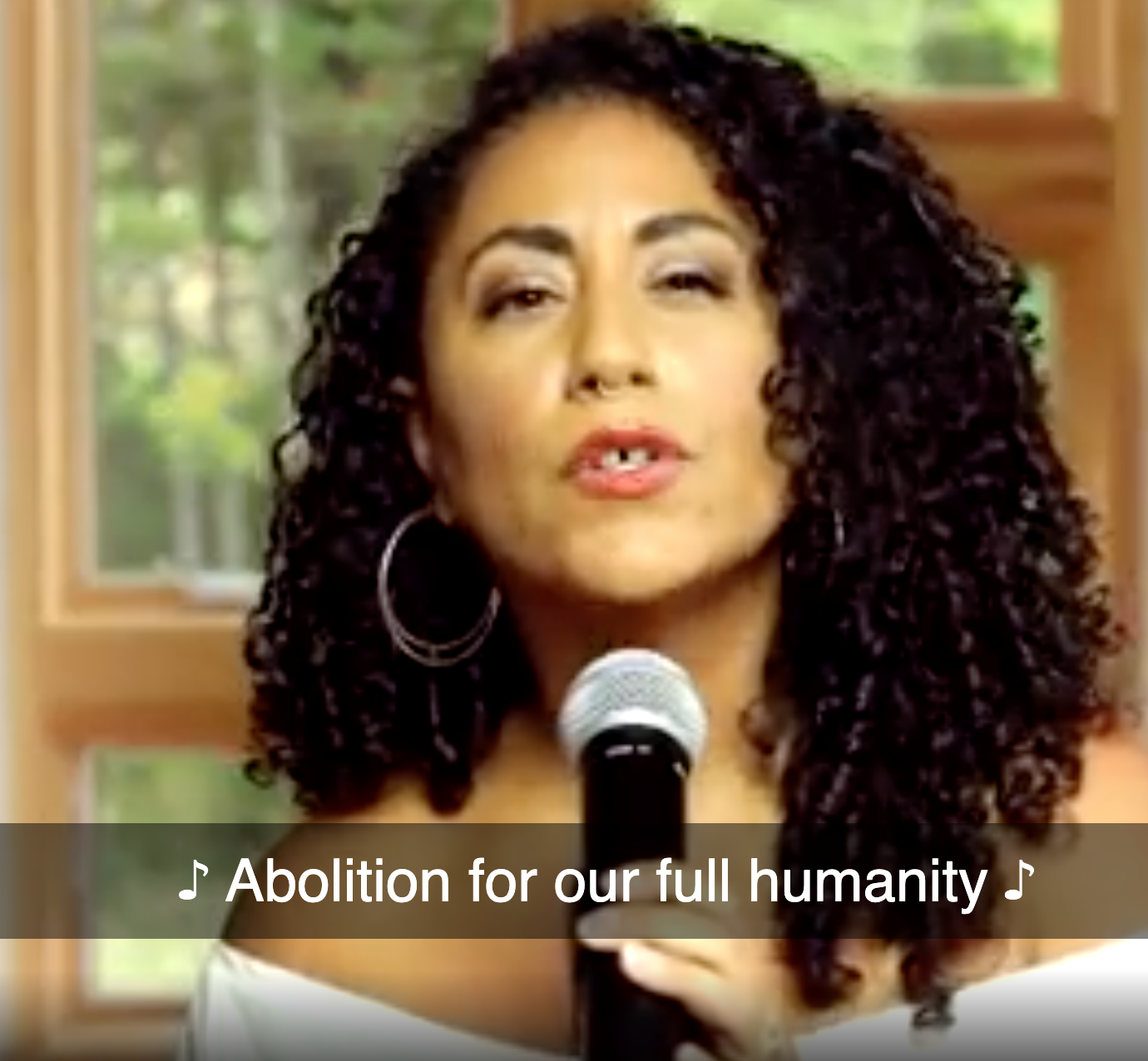
- Teacher: Leanne Trapedo Sims
This team-taught course draws on the expertise of a variety of transnational activists, as well as Knox and outside faculty; and is overseen by one coordinating-integrating professor. Topics covered include a variety of methodological approaches to activism: from environmental justice activism to prison abolition to the role of the arts and humanities as agents for change. We explore the power and limits of Peace and Social Justice resistance (s). The course is one of two required courses for the Peace and Justice Minor.

- Teacher: Leanne Trapedo Sims
Course Synopsis and Objectives
Course Synopsis
This team-taught course draws on the expertise of a variety of transnational activists, as well as Knox and outside faculty; and is overseen by one coordinating-integrating professor. Topics covered include a variety of methodological approaches to activism: from environmental justice activism to prison abolition to the role of the arts and humanities as agents for change. We explore the power and limits of Peace and Social Justice resistance (s). The course is one of two required courses for the Peace and Justice Minor.
Student Learning Goals:
- Understand “how-to” concepts of organizing effective human-powered resistance across a range of sociopolitical topics.
- Map out the norms, patterns, language, and beliefs prevalent in activist paradigms.
- Possess a basic grasp of resistance across sociopolitical topics.
- Design an explicit activist campaign or ethnographic project that recognizes the nuances, strengths, weaknesses, and contradictions in Peace and Social Justice resistance.
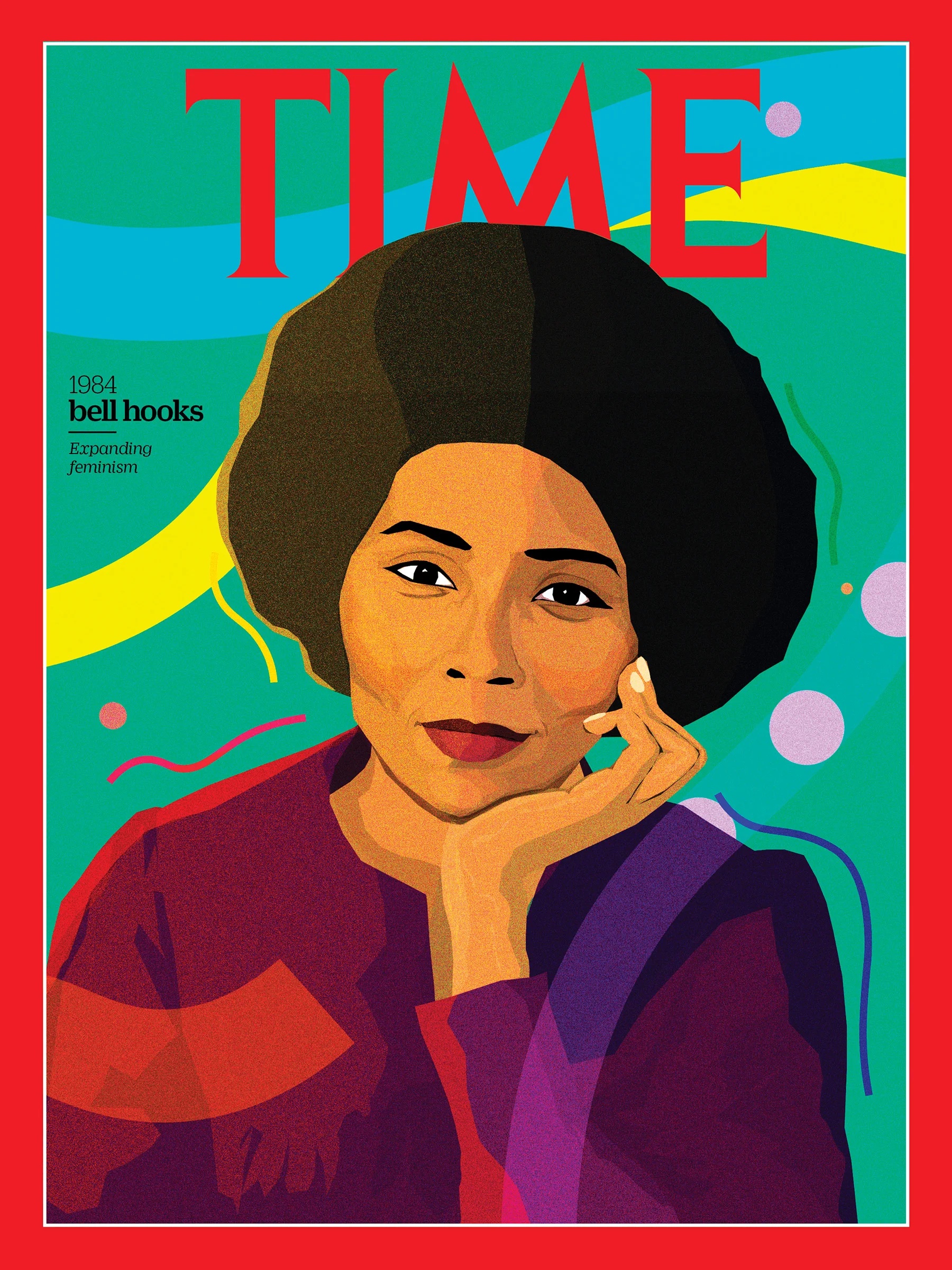
- Teacher: Leanne Trapedo Sims
